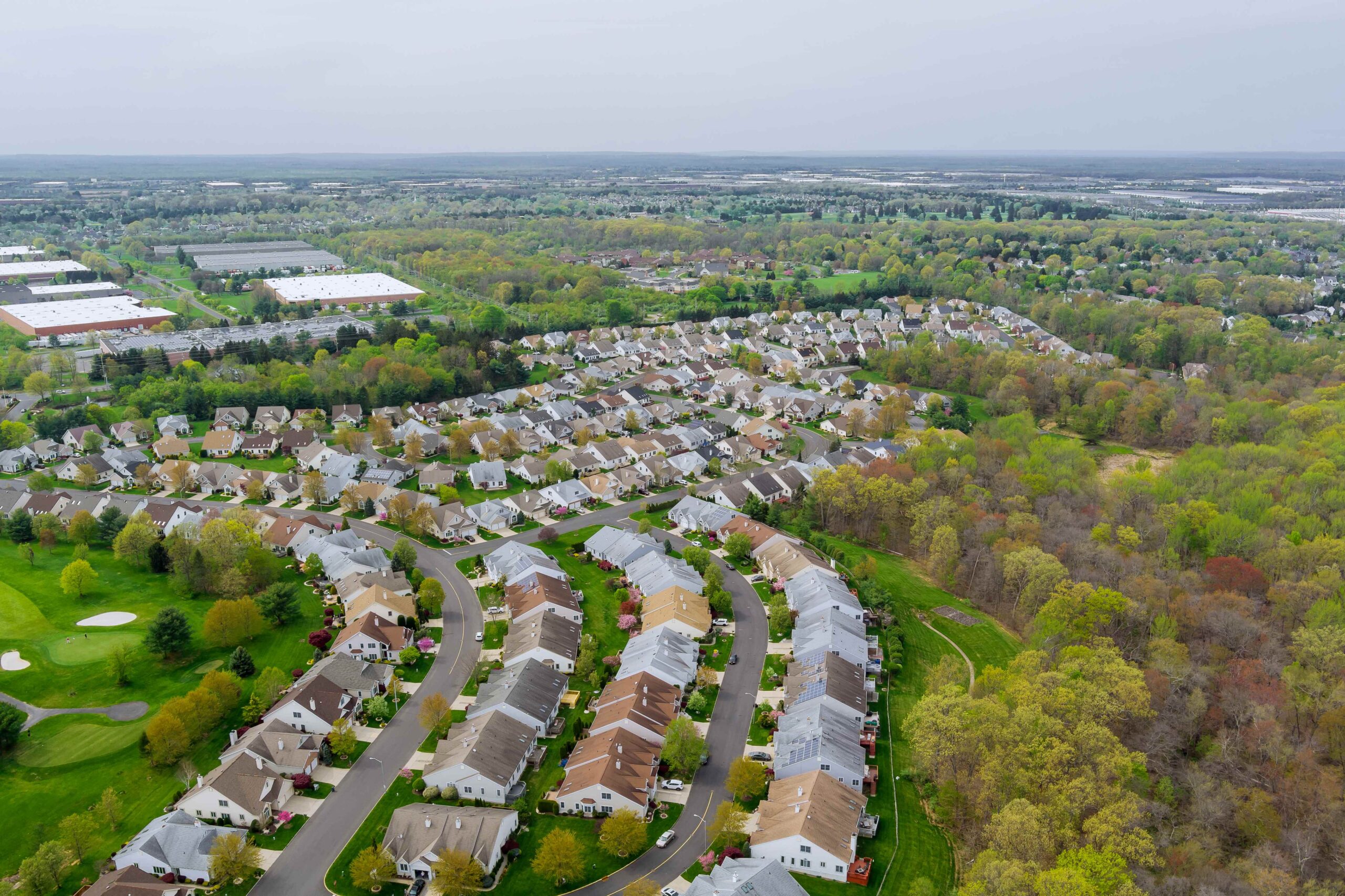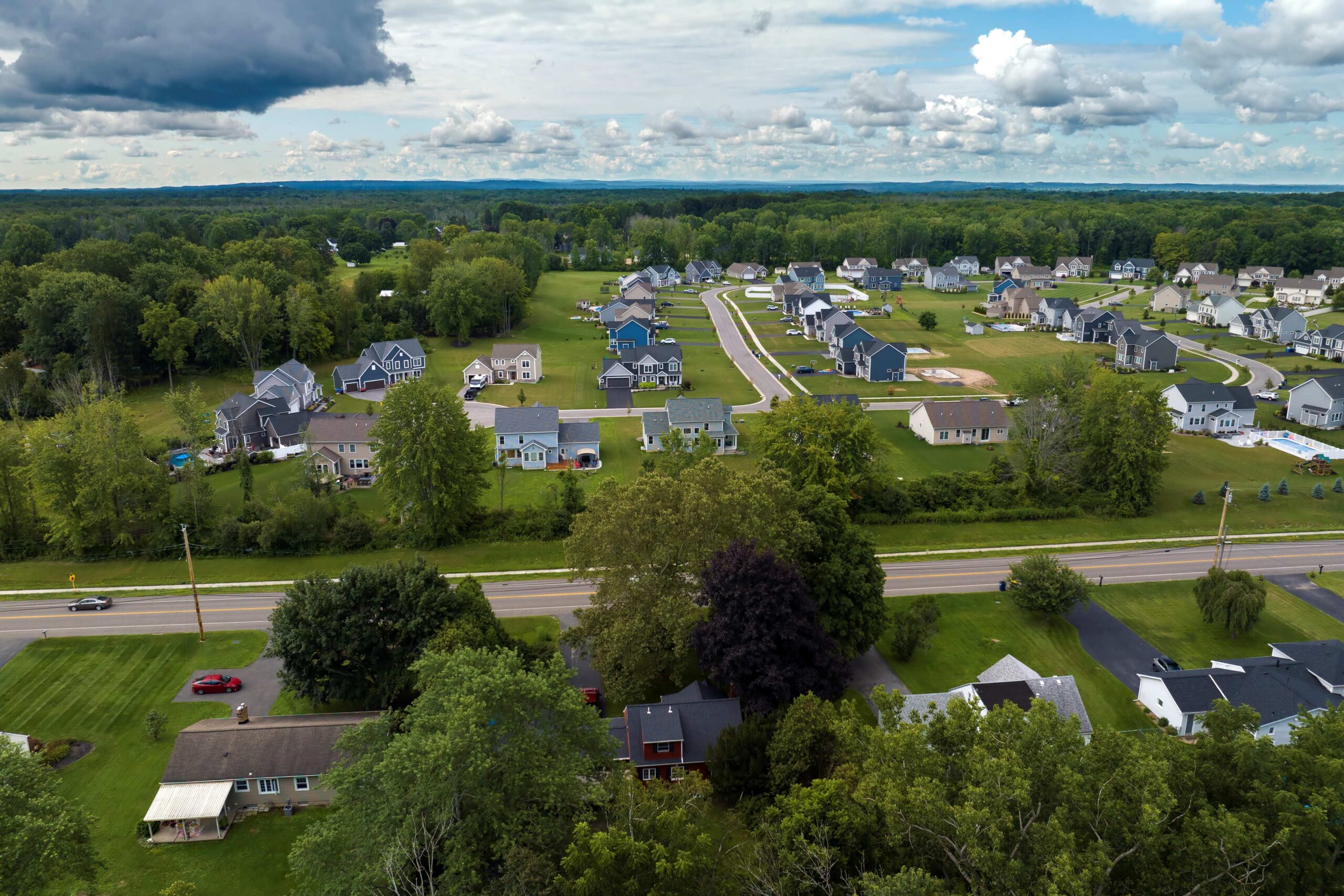It would be easy to drive through without stopping. One road, a few quiet intersections, a scattering of century-old homes. But if you pause—just briefly—you might notice something more. A rhythm, not loud, but steady. A pattern of life held together by habit and hospitality. Venedocia, Ohio is small, yes. And like many small town Ohio communities, it rarely makes the news. But that doesn’t mean nothing’s happening.
This place carries its story quietly. A Welsh-rooted village set among flat fields and long skies, it still holds traces of hymn-singing evenings and potluck Sundays. The population may have dipped below 150, but the cadence of the town hasn’t disappeared. It just… recalibrated. Less parade, more porchlight.
Where We Are and How We Began
The land here doesn’t rise much. Instead, it stretches — like a breath held long. Venedocia sits in Van Wert County, close to the western border of Ohio. There’s no dramatic entry: no hilltop view or valley approach. But once inside, the quiet thickens.
Founded in the mid-1800s by Welsh immigrants, Venedocia was more than just a settlement — it was a preservation. Language, culture, even the church structure echoed Llanbrynmair and other parts of Wales. The first services were bilingual. Farmers, preachers, and tradesmen worked side by side, trying to make sense of Ohio’s winters and the new American tempo.
A local resident once noted that the town didn’t grow so much as settle. And maybe that’s true. Streets remained modest. The post office, the general store, the church — none tried to outsize the others. In photos from the 1920s, kids lean on fences the same way they might today. Just a little more formally dressed.
The Rhythm of Life in Venedocia
By mid-June, the town begins to shift. It’s hard to name exactly what changes — the mail still arrives at noon, and the tractors still hum out east. But something shifts. Maybe it’s the light. Maybe it’s the slow buildup to the Venedocia Lions’ Sausage Festival in late summer.
Main Street isn’t very long, but in the warmer months, you feel its pace. Someone is always tending their front step. Kids riding laps that loop back too soon. You begin to recognize the dogs before the owners. And then, some nights, there’s music. Not loud — never loud — but drifting. A hymn practice from Salem Church, perhaps. Or a radio on a screened-in porch.
Even in winter, life doesn’t pause. It contracts. Mailboxes get decorated early. The corner lot with the red truck always puts up the first lights. In the morning, coffee smells travel farther than they should. And people wave — always. Even when it’s too cold to linger.
A Town Held Together by People
What holds Venedocia back isn’t infrastructure. It’s continuity. A name passed down. A recipe repeated. A pew claimed Sunday after Sunday. And people who notice when the porch light doesn’t turn on.
There are families who left and came back. Some who never left at all. There’s a rhythm to how people move here — less arriving, more returning. The Welsh legacy shows up in surnames and songbooks. In the cadence of shared memory.
During the festival, it’s especially visible. Volunteers don’t just set up booths; they revive scenes from years past. Kids who once sold raffle tickets now man the grill. And while some complain the sausage recipe has changed — it hasn’t, really — they still eat it.
Looking Ahead: What’s Changing, What’s Staying
Venedocia isn’t frozen. The general store no longer stocks everything. The church’s roof got replaced with grant money. Broadband came in slow, but it came. A few Airbnbs sprouted nearby, though they try not to look too modern.
Still, most things hold. The cemetery stones still bear the same family names. Children still play under the same maple trees. There’s talk of new signage for Main Street — cleaner lines, less rust. But no one really minds the rust. It has its place.
Small town Ohio life doesn’t resist change. It just insists on remembering. Venedocia might adjust, repaint, or replant. But it rarely erases. That’s the difference. And maybe, that’s the story.